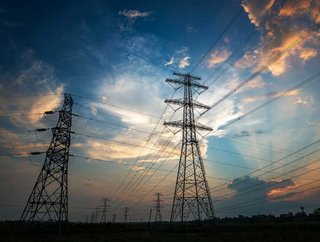How many offshore wind turbines does it take to power the world's major cities?

Renewable energy has become a crucial tool in the race against global warming.
By 2040, it’s forecast that over a third of global power will come from renewable sources such as wind and solar, according to a report by Bloomberg New Energy Finance.
Researchers suggest that wind farms could potentially produce 40 times the electricity the world consumers, so why do they lag behind, providing just 4% of the world’s energy.
With demand for electricity growing, just how much, or how little, space is needed to supply some of the world’s biggest city’s with wind energy?
SEE ALSO:
- Alliant Energy to invest $1.8 billion into Iowa by 2020
- Acciona Energia to build 46-turbine wind farm in Texas
- The world’s most powerful 8.8MW turbine has been installed in Aberdeen Bay
Known for its neon lights and technological innovation Tokyo, Japan, tops the leaderboard requiring 10,620.5 km2 of offshore turbines to power the city, according to a report published by RS Components.
The Japanese capital is followed by New York City, USA, and Seoul, South Korea, who require 3,797.8 km2 and 3,752.9 km2 respectively.
The electric company’s data also suggests that Seoul is the most power hungry city in the world.
According to the report, it would take over 6 times the size of Seoul's city area in offshore wind turbines to meet the city’s electricity usage.
Another Asian giant is just as power hungry.
With 37.8million people using 296,231,544 MWh annually, Tokyo, Japan, would need 10,310 turbines taking up 10,620.5 km2 of offshore space, according to the report.
Conversely, the Spanish capital of Barcelona requires the smallest area of offshore turbines to match the city’s power usage, with 299km2 needed.
Energy consumption of each city was calculated using the population of the city as well as the per capita consumption of the country, whether that city is located, according to the International Energy Agency.






